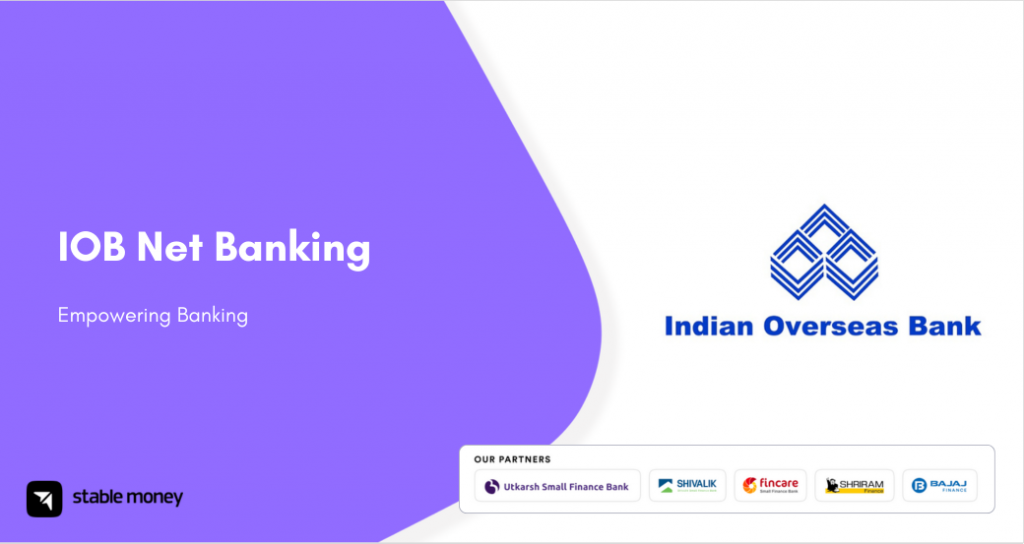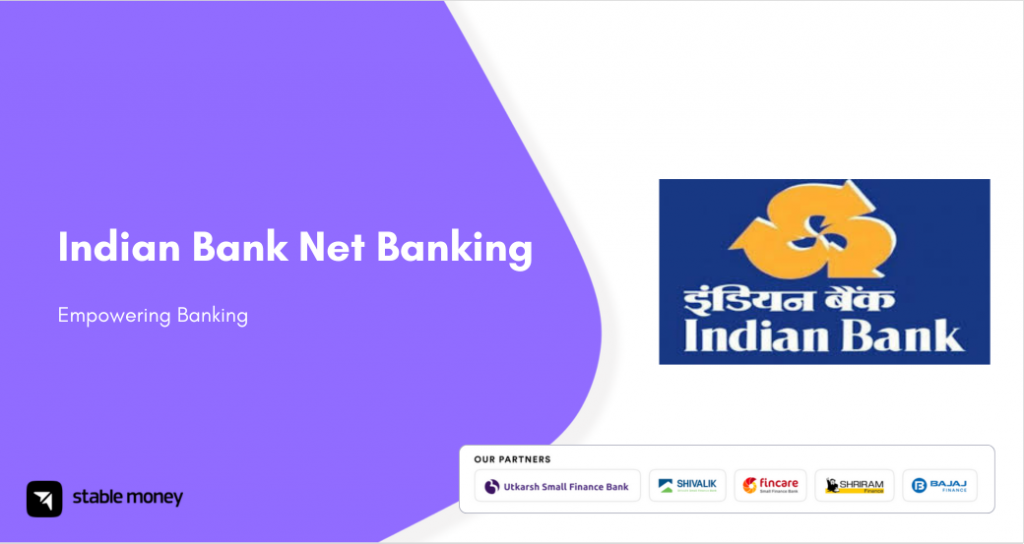
A central bank of a country has several financial tools at their disposal to monitor and regulate cash flow. These tools help other banks keep inflation in check and look into the country’s economic growth. Such tools or metrics are also one of the many internal factors responsible for interest rate changes in banks periodically.
Open market operation is one such monetary tool that the Reserve Bank of India uses to regulate liquidity in the Indian economy. If this term is new to you, this blog is here to provide insights.
Keep reading for a detailed idea of what open market operations in banking are.
What are Open Market Operations & Examples?
Very often central banks continuously buy and sell government securities and treasury bills to monitor liquidity and cash flow. The monetary policy that provides central banks with this right is open market operation.
Open market policy is a crucial tool that the Reserve Bank of India uses to regulate the cash flow and liquidity in the Indian market. With this policy, the bank trades securities to control the amount of money in our banking system. This eventually impacts India’s economic conditions.
Let’s understand what open market banking is with a simple example.
For instance, the Reserve Bank of India conducts an open market operation by buying and selling G-sec shares in and out of the Indian market. With this, RBI aims to bring a change in the rupee’s market liquidity for long-term gains. RBI undertook this activity for the first time in 2019.
When RBI notices, there is enough liquidity here, it sells these shares. Similarly, when RBI observes signs of an illiquid market, it buys G-sec shares from the open market.
Working of an Open Market Operations
As stated earlier, RBI uses OMO monetary policy to regulate and control market liquidity by buying and selling government and treasury bonds. Central Banks along with other Indian banks decide how much they can trade.
RBI takes the repurchase rate or key policy rate into consideration to make the above decision. Repo rate indicates the interest rate at which RBI lends money to commercial banks and financial institutions. It makes it evident that operating market operations tend to affect bank interest rates in India. This impacts people’s demands for loans.
Types of Open Market Operations
There are two broad types of OMO market banking.
1. Temporary Open Market Operation
This open market operation policy helps meet short-term financial needs and goals. For this OMO, RBI considers repo and reverse repos of banks. Trading desks buy security from RBI under the repo agreement wherein it promises to sell these shares later.
The difference between the purchase price and selling price of these shares acts as the interest rate. A temporary open market operation is also a short-term collateralized loan set by the central bank.
In the case of reverse repo, the trading desk sells securities to the central bank and promises to buy them later.
2. Permanent Open Market Operation
Banks use this OMO for long-term benefits to solve issues associated with inflation, unemployment, price fluctuations etc. Under this, the central bank buys government securities. This also involves the continuous sale of short-term securities without any specific limit.
What Is Quantitative Easing?
With quantitative easing, RBI can maintain and regulate price levels and inflations. The government occasionally uses this monetary policy to increase the supply of cash in the Indian economy. This helps in increasing the lending activities of commercial banks and managing the spending of customers.
To use quantitative easing, the central bank fills a predetermined amount into the economy by buying financial securities from private bodies and commercial banks. A lower cost of money implies low interest rates and better lending conditions for banks. Banks and financial institutions opt for quantitative easing when interest rates become zero. In such situations, central banks have very few tools to control economic growth.
Difference Between Open Market Operations & Quantitative Easing
The table below will take you through the basic differences between open market operations and quantitative easing.
| Open Market Operation | Quantitative Easing |
| Open market operations are metrics that central banks use to regulate and control cash flow in the Indian market. | This is a monetary policy that increases the cash supply to stimulate economic growth. |
| The open market operation can help RBI achieve the goals of quantitative easing if the latter fails. | This policy is mainly used in situations where interest rates have dropped to zero leading to a slowdown of lending activities. |
Why Does the Central Bank Conduct Open Market Operations?
Central banks tend to conduct open-market banking operations for the following reasons:
- OMO helps RBI to influence and regulate the repo rates for banks to provide loans.
- The monetary situation in India tightens during the second half of the year. At the very same time, the demand for debts also tends to increase owing to the festive season here. It is at this time, central banks conduct OMO.
- OMO helps banks and borrowers keep situations of cash crunch at bay. Thus, with this policy, banks tend to get more funds for lending.
- Furthermore, opting for open market operations as a monetary policy helps RBI pursue other goals like maximising employment and promoting stable prices. It also influences the supply of reserves in the banking domain and causes changes in interest rates.
Parties Involved in Open Market Operations
RBI is the main participant as a central bank in market operations with the help of the OMO market. As a regulatory body, RBI buys open market securities like government and treasury bonds to increase cash flow in the market.
Similarly, to reduce the cash flow, RBI will sell the securities depending on the ongoing market scenario. The former action leads to a lowering of interest rates in the market while the latter introduces a hike in interest rates for banks.
Besides RBI, all scheduled commercial banks and financial institutions also participate in open market operations. Furthermore, SEBI also permits retail investors to invest in G-sec bonds by creating a gilt account with the Central Bank.
Terms Involved in Open Market Operations
G-sec bond or government bond is among the most important terms that you will come across while dealing with open market operations. A government security bond or government bond is a debt instrument that the Central and State governments of India issue. The issuing bodies tend to buy or sell these bonds to regulate market liquidity.
Another important term involved in open market banking is repo rate. This is the interest rate that RBI charges on commercial banks and financial institutions for lending them money in case of shortage. RBI sets and regulates this repo rate against the G-sec bonds. This eventually impacts the interest rates banks charge on their customers for loans and other financial products.
Similarly, when RBI sells securities with an agreement to repurchase them on a given date and price, this is the reverse repo rate. Unlike the repo rate, the reverse repo rate indicates situations when RBI withdraws money from commercial banks.
To invest in government bonds or G-sec bonds, as per RBI guidelines retail investors can open a gilt account. With this account, you can invest in government securities directly without any intermediaries.
Features of Open Market Operations
Let’s take you through some of the important characteristics and features of open market operation.
- Open market operations are market operations that RBI conducts through the buying and selling of government securities to and from the market. With OMO, the government aims to adjust liquidity in the Indian financial market.
- This is one of the quantitative policies that a country’s central government uses to regulate the cash flow of the Indian economy.
- If the financial market shows instances of surplus liquidity, RBI sells the G-sec bonds to tighten cash flow.
- In case of a monetary crunch, RBI tends to buy government securities from the open market. This helps in increasing the flow of money in the market.
Advantages & Disadvantages of Open Market Operations
Now that you have an idea of OMO and open market securities, it is also important to keep its advantages and disadvantages in mind.
1. Advantages of Open Market Operations
- With the OMO policy, central banks receive significant adaptability in timing for financial arrangements and exercises.
- OMO helps to keep inflation in check allowing steady economic growth for the nation. This also helps prevent unmonitored price hikes of goods.
- OMO also looks into keeping the public authority away from financial impacts and market drawbacks.
- As a monetary policy, OMO also makes it easier for RBI to compare the value of domestic currency to that of other countries.
- With OMO, the central bank receives direct control over a country’s cash flow and money supply. This helps keep the banking system liquid enough for a stable cash flow.
- OMO also helps prevent instances of excess liquidity in India’s economic system.
2. Disadvantages of Open Market Operations
- Central banks tend to face several challenges while controlling the nation’s financial system with open market operation. This is because selling government bonds is much easier for RBI than buying them.
- Dealings with market operations with OMO are limited as central banks of most countries are not well prepared to deal with losses. Also, they tend to deal with short-term securities as the losses are relatively small.
- OMO requires a well-developed security market for the policy to function effectively on a larger scale.
- Open markets and bank rates are significantly different. This can result in sooner exhaustion of reserves than anticipated if not kept in check.
- Open market operations tend to hurt a bank’s assets in case the policy affects a large number of securities. Furthermore, this also tends to disrupt the government’s borrowing program.
Final Word
To conclude, open market operation is an essential metric for RBI to monitor and regulate market conditions. OMO indirectly tends to impact the interest rates on your loan, savings account and other financial products that commercial banks offer. In a larger picture, OMO helps manage our country’s inflation and keeps a check on the sudden rise in prices of goods. It also brings in market stability, economic growth and interest rate control.
FAQs
Long Term Repo Operations are short-term repos of one or three-year tenure that RBI tends to issue. Under this, RBI can access trade of ₹1 lakh crore at the prevailing repo rate.
Under LAF, RBI provides a provision to scheduled commercial banks and primary dealers (except regional rural banks) to park excess funds. They can opt for a Liquidity Adjustment Facility if they witness too much liquidity on an overnight basis. With LAF, they can park excess funds by providing their G-sec bonds as collateral. LAF allows commercial banks to regulate inflations daily.
Treasury bills and government security bonds are government securities that RBI uses for open market operations.
Disclaimer
This article is solely for educational purposes. Stable Money doesn't take any responsibility for the information or claims made in the blog.

